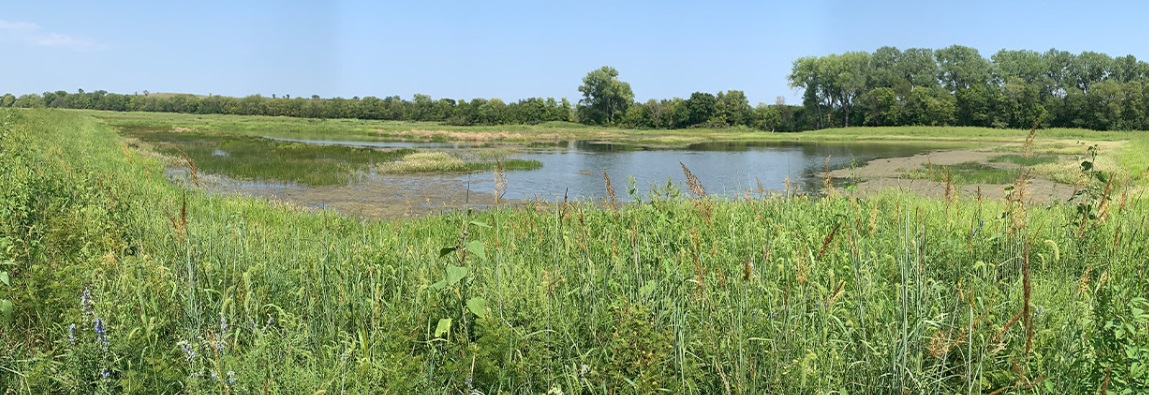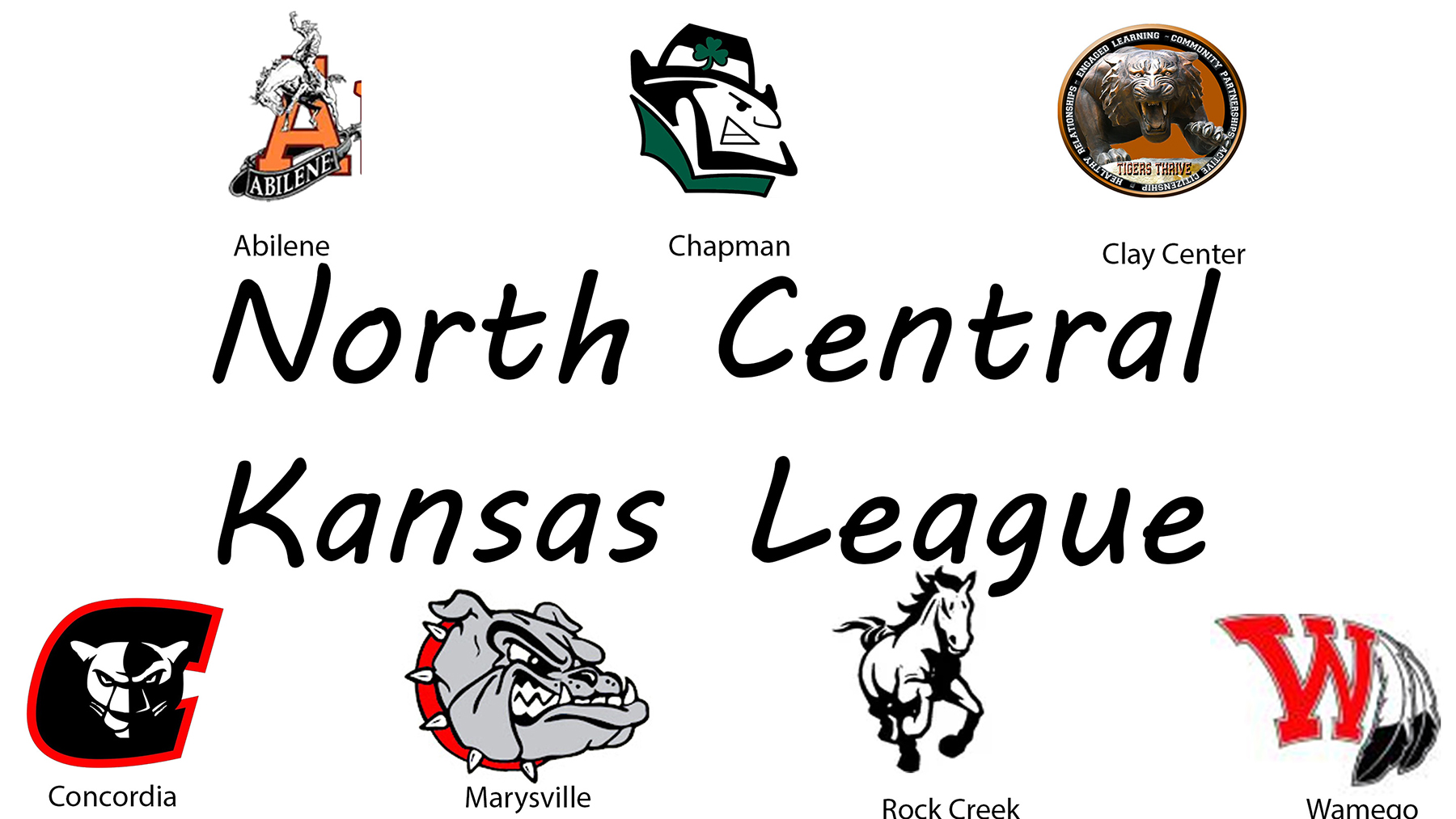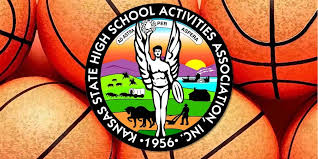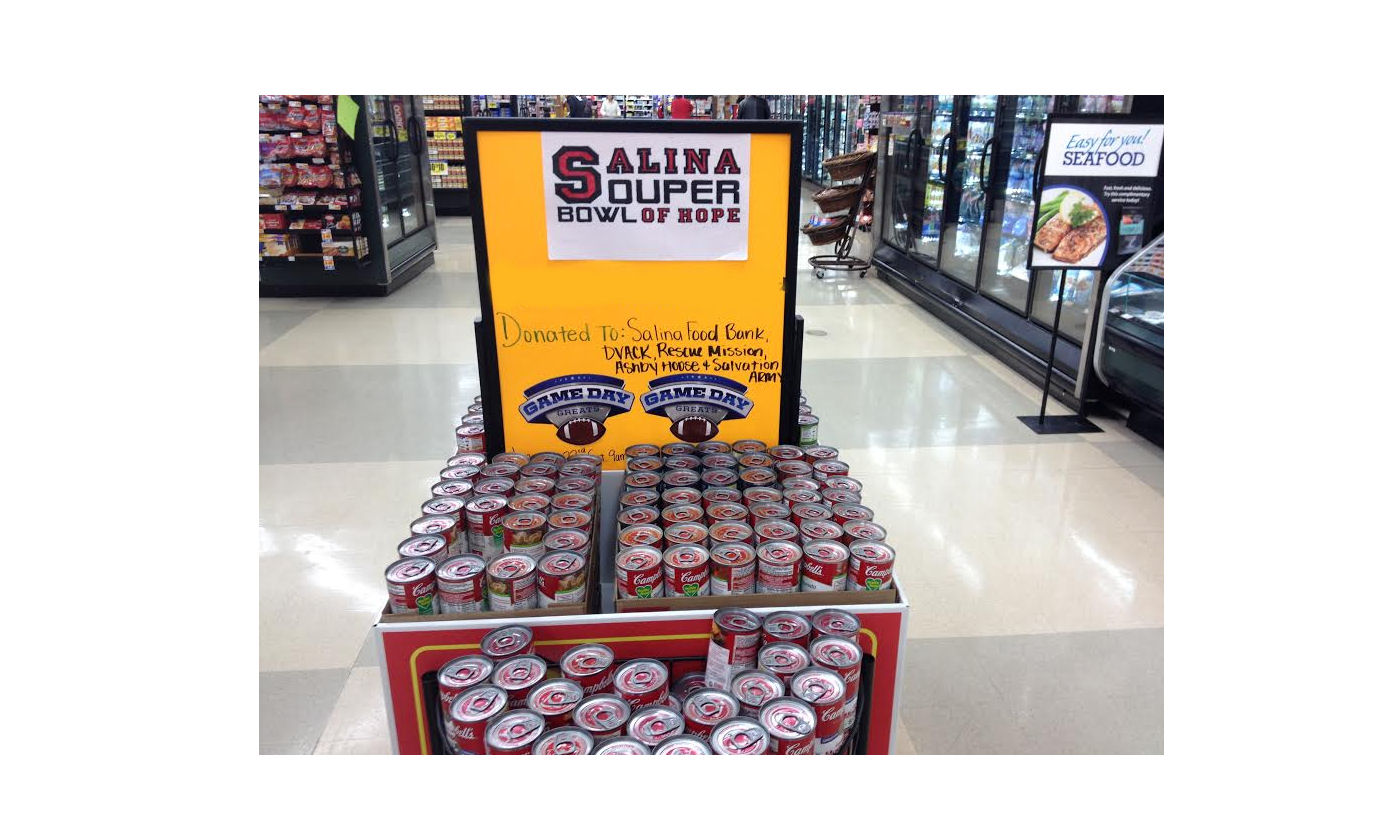Travel northwest of Topeka, Kansas, where a newly restored wetland filling with spring rains, and greening up with native vegetation, is nestled in the corner of the Prairie Band Potawatomi Nation Reservation in Jackson Count, Kansas.
According to the USDA, in partnership with USDA’s Natural Resources Conservation Service (NRCS), the area was restored to its historic wetland condition and will be protected and maintained with the help of NRCS for the next 30 years.
“As we originated from the Great Lakes area, water, in all forms, has played a significant role in our Potawatomi history, culture and well-being,” said Virginia LeClere, environmental manager for the Prairie Band Potawatomi Nation. “Foods and materials were harvested from water. We traveled by water. Ceremonies were sustained by water. When we restore and protect the water today, we’re preserving our past and ensuring our future as Potawatomi people.”

The Prairie Band Potawatomi Nation and NRCS worked together to enroll the area into an Agricultural Conservation Easement Program (ACEP) Wetland Reserve Easement (WRE). The 32-acre parcel is a historic piece of property as the first Tribal lands long-term contract established in Kansas.
A Partnership Meant to Be
On November 5, 1996, the Prairie Band Potawatomi Nation Tribal Council signed a resolution with the goal “to conserve, enhance, and restore the quantity, quality, and biological diversity of wetlands within the reservation.” The goals of this resolution align closely with the purpose and objectives of ACEP WRE, which is to restore, protect, and enhance wetlands on eligible private or Tribal lands while maximizing wildlife habitat benefits and wetland functions and values.

One might say it was meant to be for the Prairie Band Potawatomi Nation and NRCS to come together in a partnership. The partnership became a reality in December 2018, when the Tribe entered an agreement with NRCS to restore and protect this wetland. With the help and collaboration of many Tribal members and NRCS employees, the groups worked together learning from one another, both providing expertise, and fostering a relationship of historic importance.
Restoration During a Global Pandemic
The restoration was officially completed in March 2022 and involved excavation for a shallow water development with one main low-level dike embankment, two wave berms, and an auxiliary spillway. The main dike includes a water control structure that functions with a drawdown channel connecting two primary wetland pools. Vegetation restoration was accomplished by seeding native warm season vegetation on the upland acres, as well as the constructed dikes.
Restored wetland cells were allowed to revegetate naturally relying on soil seed bank and moist soil management. The wetland filled to capacity for the first time in 2023 and has experienced revegetation.

“The meaningful and respectful partnership between the Prairie Band Potawatomi Nation, USDA, and other contributing agencies, was at the core of this project’s success,” said Virginia. “A success that will not only be measured by the advancement of our mutual goals for biological diversity and critical habitat improvement, but also marked by the Indigenous cultural lifeways and values that are enhanced any time land and water is restored to its natural state.”
The Tribe and NRCS continue to collaborate as they develop operation and maintenance plans. The Tribe and NRCS hope the wetland will provide education and recreational opportunities to the Prairie Band Potawatomi Nation for many years to come.
_ _ _
USDA offers a variety of risk management, disaster assistance, loan, and conservation programs to help producers weather ups and downs in the market and recover from natural disasters as well as invest in improvements to their operations. Learn about additional programs.



